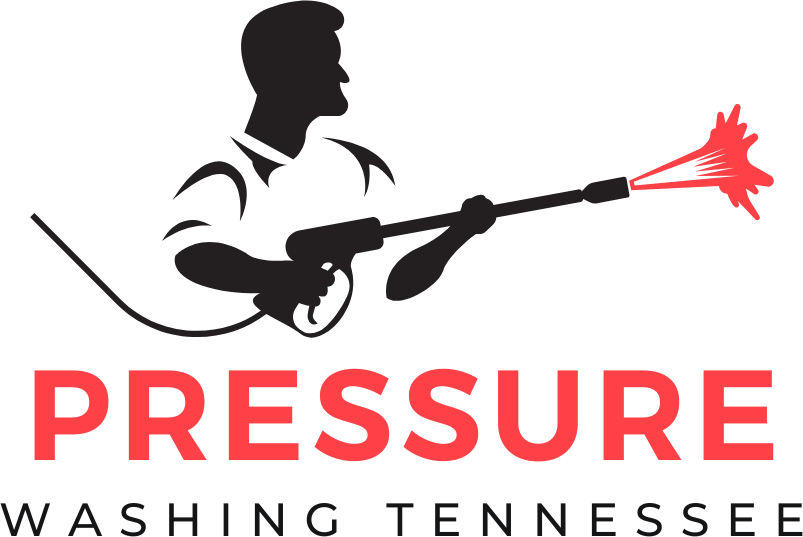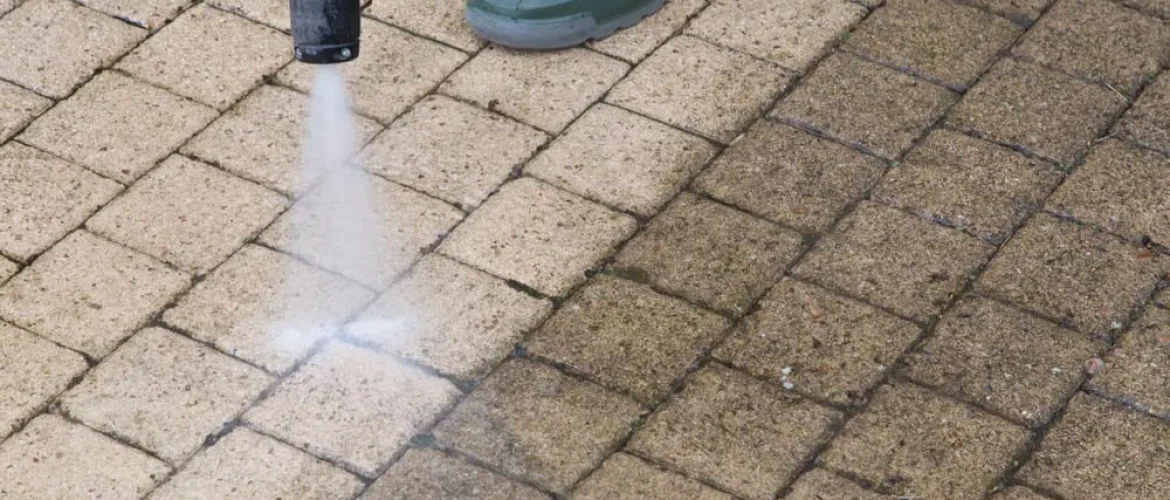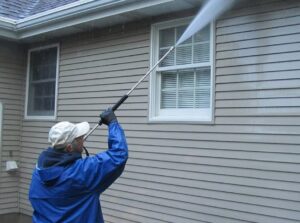I know how easy it is to overlook the driveway when thinking about home maintenance. But that stretch of concrete or pavers out front does a lot more than just welcome you home—it’s a major investment that deserves protection. Over time dirt grime and even mold can break down your driveway’s surface leading to cracks and costly repairs.
That’s where pressure washing comes in. It’s not just about curb appeal—it’s about extending your driveway’s lifespan and saving money in the long run. With the right approach I’ve seen how a simple cleaning routine can make a dramatic difference. If you want your driveway to look great and last for years you’ll want to know how pressure washing can help.
Understanding Driveway Wear And Tear
Every driveway faces daily exposure to weather, vehicle traffic, and debris. Sunlight fades surfaces and worsens small cracks. Rain, especially when combined with dirt or leaves, creates slick patches and stains. Vehicles leave behind oil, grease, and tire marks that soak into porous materials like concrete. Seasonal temperature swings cause concrete and pavers to expand and contract, often leading to splitting or surface chips. Over time, mold and algae take hold in damp areas, speeding up surface erosion.
Neglected dirt and grit act like sandpaper on the driveway’s top layer. Small particles grind down protective finishes and rough up even the toughest surfaces. This slow abrasion weakens the structure, making it easier for larger problems to develop. Regular cleaning disrupts these damaging cycles before issues can set in.
The Science Behind Pressure Washing
Pressure washing uses a high-powered stream of water to break down and lift away stubborn debris from driveway surfaces. With this method, I clear deep-set grime, prevent damage, and support the overall strength of the concrete or pavers.
How Pressure Washing Removes Harmful Substances
Water jets from a pressure washer dislodge dirt, oil, and growths like moss or algae that stick to driveways. These jets reach into small cracks and pores where a broom or hose can’t. For example, oily residue left by cars gets forced out of concrete’s surface, making stains and slippery patches less likely. Mold spores and weed seeds that hide in tiny gaps get washed out, stopping future growth that could erode the driveway.
Comparing Pressure Washing To Other Cleaning Methods
Pressure washing reaches deeper than most cleaning techniques. Scrubbing by hand covers the top layer but misses particles lodged in cracks or grooves. Sweeping removes loose debris, but leaves behind stains and embedded pollutants. Chemical cleaners may help with spots or mold but tend to leave residues and sometimes damage surfaces over time. With pressure washing, I avoid harsh chemicals and achieve a thorough clean in less time, preserving both appearance and structural integrity.
Benefits Of Regular Pressure Washing For Your Driveway
Keeping my driveway in top shape takes more than sweeping or the occasional rinse. Regular pressure washing makes a noticeable difference in the durability and look of my drive.
Prevention Of Cracks And Surface Damage
Pressure washing removes oil, grime, and debris before they settle into cracks or weaken the surface. When dirt and grit linger, they grind against concrete or pavers, leading to creeping splits or chips from repeated vehicle use and weather shifts. Mold and algae, left unchecked, speed up erosion. By clearing away buildup, I help prevent moisture from seeping in and freezing or expanding, which is a common cause of cracks.
Enhancing Driveway Appearance And Value
A clean driveway instantly lifts the home’s curb appeal. Pressure washing wipes away stains and streaks from oil or leaves, restoring the original color and finish. Prospective buyers notice a well-kept entrance, which can make my property stand out and retain its value. With grime and growth gone, the driveway looks fresh and inviting, reflecting overall home care.
Best Practices For Pressure Washing Your Driveway
Pressure washing works best on driveways when I use the right approach for my surface and environment. Knowing what equipment to use and how often to clean helps me protect my investment and keep the area looking sharp.
Choosing The Right Equipment And Detergents
When I select a pressure washer, I match the power to my driveway’s material. I use a light-duty model—rated 1,300 to 2,000 PSI—for pavers, as too much pressure can erode their surface. For concrete, I prefer a medium-duty unit—2,000 to 3,000 PSI—which removes grime without causing damage.
Nozzle choice makes a difference. A 25-degree green tip covers most needs, balancing cleaning power while protecting the finish. Forgoing chemical-heavy soaps, I stick to gentle, outdoor-safe detergents that break down stains but won’t harm my landscaping or nearby drains.
Frequency And Timing Considerations
Routine pressure washing prevents buildup and keeps my driveway in top condition. I clean once or twice each year, usually in spring and fall, unless storms or heavy vehicle use introduce extra dirt.
Cool, dry mornings work best since water dries quickly, avoiding lasting moisture that encourages mold or algae. If heavy rain or falling leaves dirties the surface, I rinse away debris first so pressure washing delivers a deep, even clean.
Potential Risks And How To Avoid Them
Pressure washing brings several benefits, but it’s important to avoid missteps that could harm the driveway. Too much water pressure chips concrete or damages paver surfaces fast. I always check the recommended PSI for my driveway type before starting, using a lower setting and testing on an out-of-sight spot first.
Incorrect detergents leave streaks, strip finishes or damage landscaping around the driveway. I stick with outdoor-safe cleaners made for concrete or pavers, rinsing well so no residue lingers.
Poor technique creates uneven cleaning or even surface etching. Keeping the spray nozzle moving, I avoid holding it too close or staying on one spot for long. This keeps cleaning consistent and prevents lines or gouges.
If a driveway has existing cracks, pressure washing with too much force expands them. I inspect for damage ahead of time, and patch up minor cracks before I begin cleaning.
Safety also matters. Wearing sturdy shoes, protective eyewear and gloves shields me from flying debris and water spray. I check the setup for any electrical hazards and keep extension cords well away from wet areas.
By following these steps, I make sure my driveway gets the benefits of pressure washing without the setbacks.
Conclusion
I’ve seen firsthand how a clean driveway transforms not just the look but also the longevity of a property. Pressure washing is a simple step that makes a huge difference in protecting your investment. By making it part of your regular maintenance routine you’re taking a proactive approach to avoid unnecessary repairs and keep your driveway looking its best for years. Remember a little effort now can save a lot of hassle down the road.


